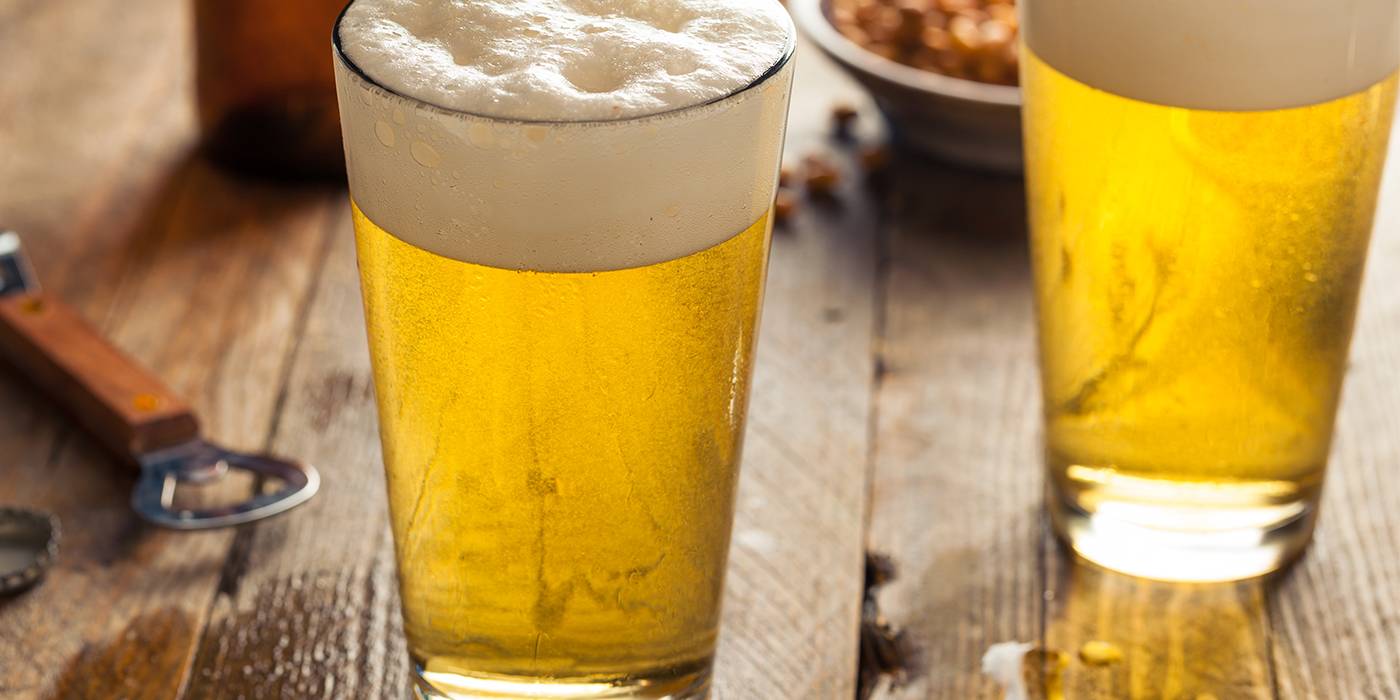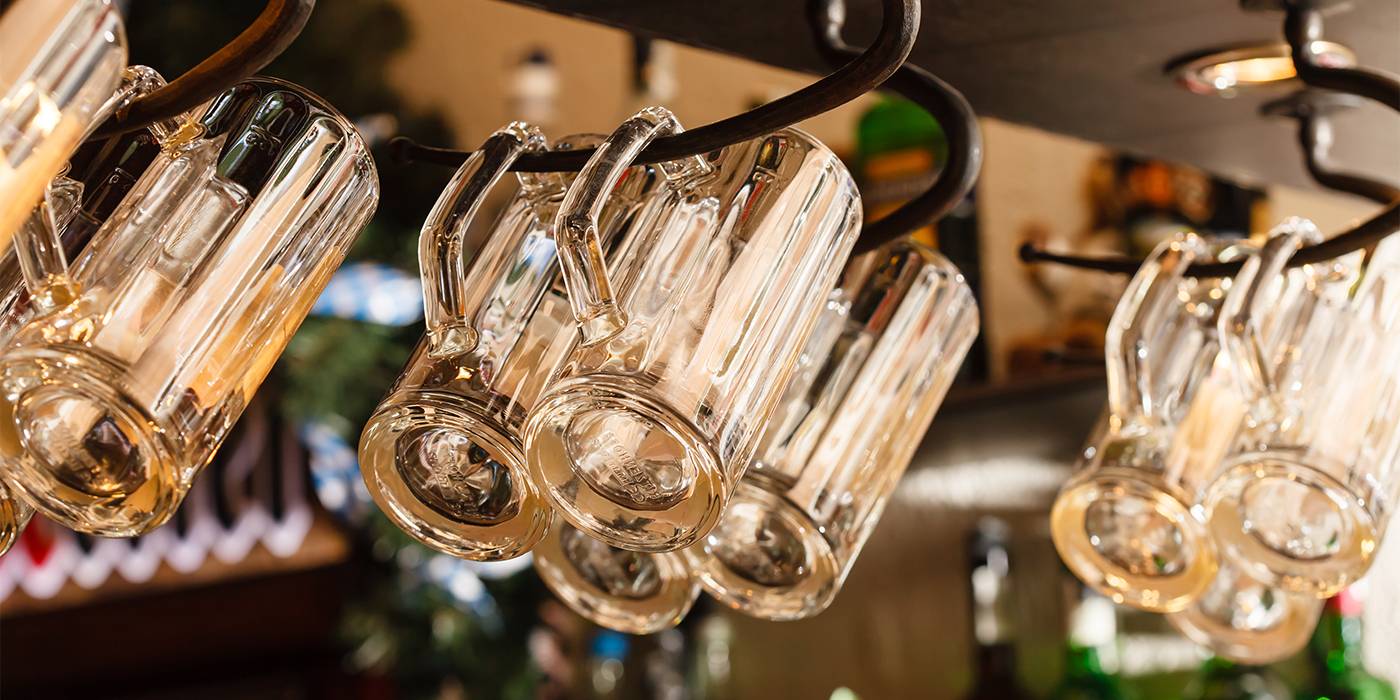Travels with beers of the world

Julio Cerezo - Beer Sommelier
Director of Sabeer Beer Academy
Now that we cannot travel physically because of the pandemic, any option is a good one to take a virtual trip and get closer to the culture of other countries, whether through a film set in New York, a virtual concert from London, visiting the website of a great museum in Paris or, why not, thanks to the different beers of the world that are much more at hand than we think.
Unlike wine, where the terroir and climate decisively determine the organoleptic profile of each product, in beer, the link with the territory is almost always a cultural one, and it is related to the styles that have traditionally been brewed in the place.
This is why it is fully accepted among brewers to identify a beer with the label Belgian ale, regardless of whether it is brewed in Belgium, Virginia or Sabadell. It suffices to say that the recipe respects the ingredients and processes of the style in question.
With this premise, today we embark on a journey through the beers of the world, and we choose the style that perhaps has the most well-travelled DNA: the IPAs.
Originally British, it is said that their consolidation as a style took place in parallel with the exports from the islands to the Far Eastern colonies, especially India. These intensely hoppy beers were better able to withstand the long sea voyage without losing their qualities, and so became very popular with the British colonists.
Today it is a trendy style in every corner of the globe, though perhaps the United States has set the standard for new IPAs with its use of exotic hops with exuberant aroma.
San Miguel Yakima Valley (6,1%) is an example of all the above. An IPA brewed in Spain but reproducing the American style, using Yakima Valley hops that give it - in addition to its name - citrus and tropical fruit notes, with an elegant bitterness on the palate.

Back in the country of origin of IPAs, we can taste another style, not so hoppy and with lower alcohol strength, the Golden Ales. Wainwright (4,1%) is an example with its light body, soft fruity notes and hints of grain that make it very easy to drink.
Any journey through the beers of the world must make a stop in Germany, and in the spirit of today's tour we look at a reference brewed in Spain and known to all as Voll-Damm (7,2%). A beer labelled as Märzen that surely surpasses the traditional German style in terms of intensity of bitterness, body and alcohol strength.
To finish this sensory adventure, we go to Belgium where we will enjoy one of its most popular abbey beers, Leffe Blonde (6,6%). Its complexity of notes of ripe fruit, cereal and spicy touches typical of the ale yeast make it an ideal beer to enjoy in small sips, in a wide glass and not too cold.
Now you have the idea, you just have to go to Consum and choose this travel plan or design your own tour of the flavours of the beers of the world.
Cheers!

What do you think about?
Share comments, opinions and tricks with the Community







